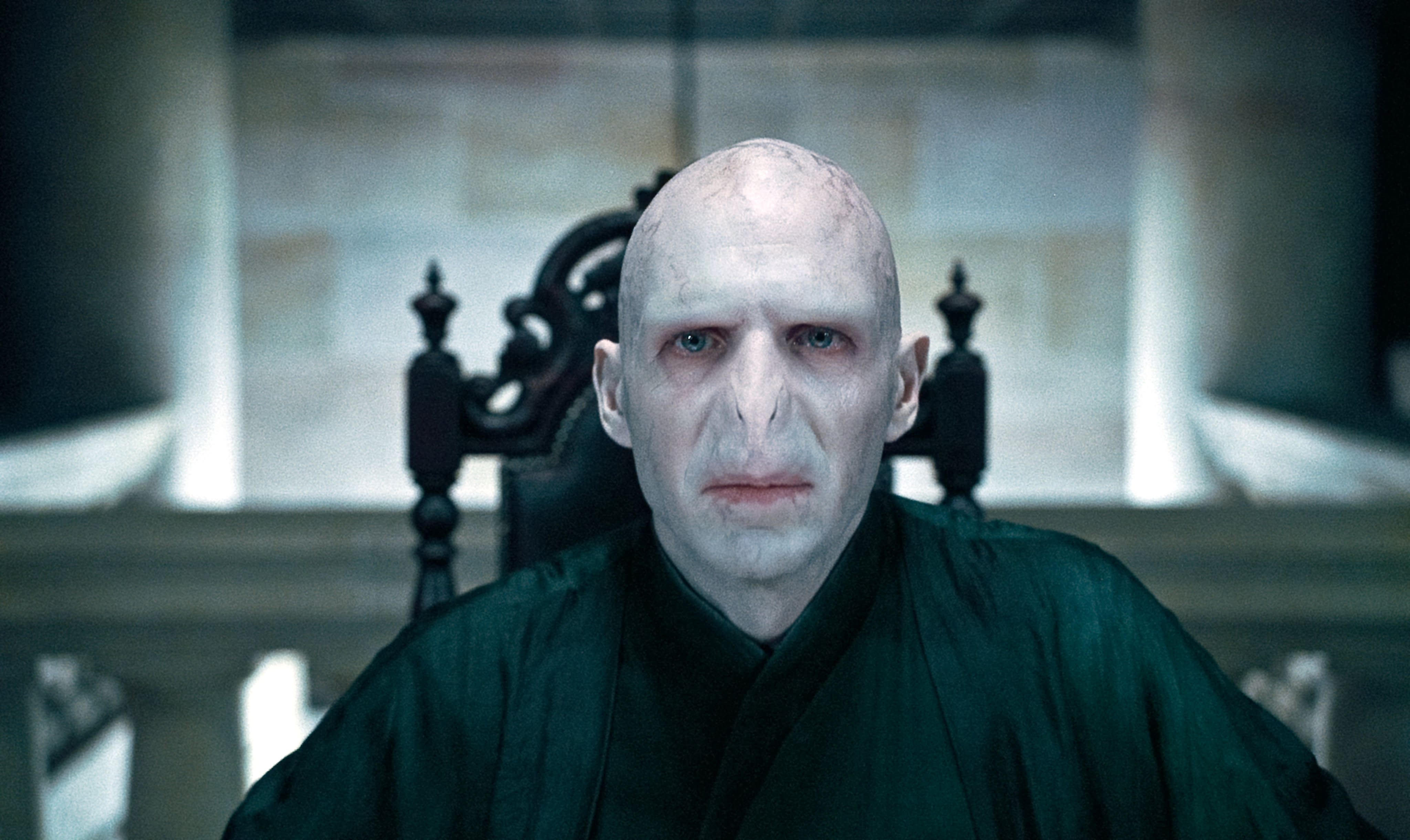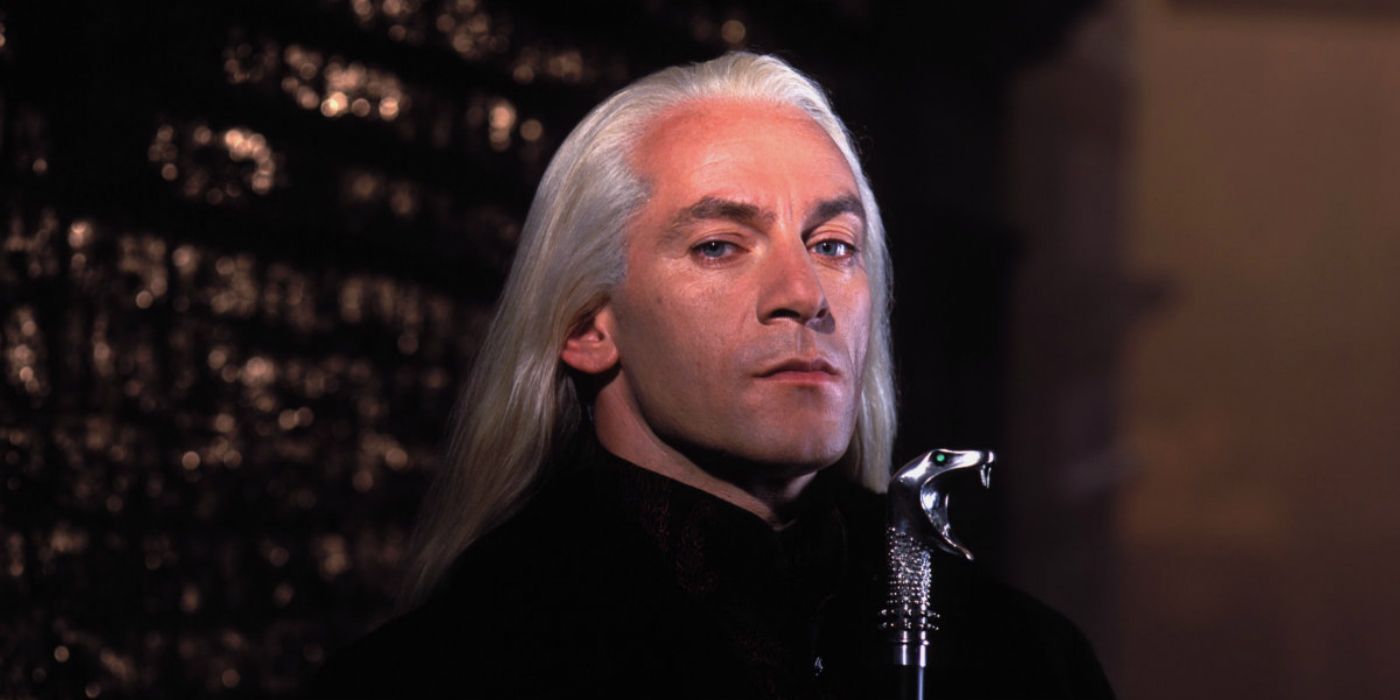Warning – I will be speaking about paranoid, schizoid, schizotypal personality disorders.
Hello Everyone!
In this post, I will be talking about personality disorders in the Harry Potter Universe. As usual, if you are uncomfortable with the topic for this post, please don’t worry about leaving.
Personality disorders are divided into three clusters called A, B, and C (not very original I know). According to the Mayo Clinic “A personality disorder is a type of mental disorder in which you have a rigid and unhealthy pattern of thinking, functioning and behaving. A person with a personality disorder has trouble perceiving and relating to situations and people. This causes significant problems and limitations in relationships, social activities, work and school”. For this first post on the subject, I’ll be speaking about Cluster A. “Cluster A personality disorders are characterized by odd, eccentric thinking or behavior. They include paranoid personality disorder, schizoid personality disorder and schizotypal personality disorder”, the Mayo Clinic states.
Paranoid Personality Disorder
People with Paranoid Personality Disorder are generally “suspicious about the motives of others or fear that others intend to harm them” (healthline). The Mayo Clinic lists the symptoms as…
“Paranoid Personality Disorder
- Pervasive distrust and suspicion of others and their motives
- Unjustified belief that others are trying to harm or deceive you
- Unjustified suspicion of the loyalty or trustworthiness of others
- Hesitancy to confide in others due to unreasonable fear that others will use the information against you
- Perception of innocent remarks or nonthreatening situations as personal insults or attacks
- Angry or hostile reaction to perceived slights or insults
- Tendency to hold grudges
- Unjustified, recurrent suspicion that spouse or sexual partner is unfaithful”
One character that comes to my mind when I hear paranoid is Alastor “Mad-Eye” Moody and his catchphrase “Constant Vigilance”. Moody was an Auror, basically a magic police officer that goes after dark-wizards/witches, so he had plenty of dangerous experiences and reasons to be afraid; it did eventually did get to a point where he was hyperparanoid, constantly jumping and shooting defensive spells at anything that scared him. He would only eat the food that he prepared and would only drink from his own personal flask for fear of someone trying to poison him. In my opinion, Alastor Moody is a great example of Paranoid Personality Disorder in Harry Potter. Almost, if not all, of the symptoms listed above apply perfectly to him.
Schizoid Personality Disorder
The next personality disorder in cluster A is Schizoid Personality Disorder. According to healthline, Schizoid personality disorder “is an uncommon condition that causes people to avoid social activities and have trouble displaying emotion. To others, people with a schizoid personality disorder may seem humorless or cold”. The symptoms and signs according to the Mayo Clinic are…
“Schizoid personality disorder
- Lack of interest in social or personal relationships, preferring to be alone
- Limited range of emotional expression
- Inability to take pleasure in most activities
- Inability to pick up normal social cues
- Appearance of being cold or indifferent to others
- Little or no interest in having sex with another person”
Some people type Severus Snape as someone with Schizoid personality disorder. People with Schizoid personality disorder don’t enjoy or want social relationships and don’t really have close friends. They also appear to be aloof and without warm emotional feelings for others (Ariff Mohamed Moolla). Snape sure does fit the description. According to the Mayo Clinic, “what causes the development of schizoid personality disorder is unknown, although a combination of genetic and environmental factors, particularly in early childhood, may play a role in developing the disorder”. Severus Snape did have a rough life. He had a very unstable home life, was teased in school while he was growing up, not to mention the rejection and death of the one person he loved; so the environmental factors that could have contributed were evidently present. I don’t know how much I agree with the analysis though. The facts do seem to line up but I think that he may have just been a bitter man who hated children and should have chosen a different career path.
Schizotypal Personality Disorder
Schizotypal personality disorder is the last one in the A cluster. People with schizotypal personality disorder “often described as having unusual personalities. They tend to have few intimate relationships, distrust others, and experience a great deal of social anxiety” (healthline). The symptoms of Schizotypal personality disorder are… (Mayo Clinic)
“Schizotypal personality disorder
- Peculiar dress, thinking, beliefs, speech or behavior
- Odd perceptual experiences, such as hearing a voice whisper your name
- Flat emotions or inappropriate emotional responses
- Social anxiety and a lack of or discomfort with close relationships
- Indifferent, inappropriate or suspicious response to others
- “Magical thinking” — believing you can influence people and events with your thoughts
- Belief that certain casual incidents or events have hidden messages meant only for you”
Luna Lovegood is known for being a little out there. As you can see from the top picture of her, she has a very unorthodox way of dressing. It is a magical world of magic, but even in the books and in the universe itself she was “weird”. Other students would call her “Loony Lovegood” because of how out of place she usually was. Her emotions are generally subdued and she can tend to have an indifferent response to people. Luna and her father were both absolutely positive that creatures unknown to others were in existence (such as “invisible Wrackspurts floating through your eyes and making your brain go fuzzy”) so that means the odd perceptual experiences and peculiar beliefs applies to both of them. According to Mayo Clinic, “it’s likely that changes in the way the brain functions, genetics, environmental influences and learned behaviors may play a role”. Her mother died in front of her when she was younger and from what the reader is shown about how her father acts, it can be assumed that he is very similar in mind to her.
Of course, all of these analyses are just for fun. I don’t particularly think that any of the characters have any of these disorders. It is just fascinating to see how all or a lot of the signs and symptoms come together and all click into place when examining the character’s personality. Thank you so much for reading! With any luck, you learned something new today or looked at something through a new lens. I hope that was entertaining, insightful, and you weren’t bored!
Sources –
Action Potential, et al. “The Harry Potter DSM: Cluster A Personality Disorders.” Action Potential, 31 May 2011, apotential.wordpress.com/2011/05/30/the-harry-potter-dsm-cluster-a-personality-disorders/.
“Alastor Moody.” Harry Potter Wiki, harrypotter.fandom.com/cs/wiki/Alastor_Moody.
Busch, Jenna. “The Resiliency of Luna Lovegood.” SYFY WIRE, SYFY WIRE, 20 Apr. 2019, www.syfy.com/syfywire/the-resiliency-of-luna-lovegood.
“Cluster A Personality Disorders and Traits.” Healthline, www.healthline.com/health/cluster-a-personality-disorders.
“Images of Luna Lovegood: Harry Potter Costume, Harry Potter Luna Lovegood, Luna Lovegood Costume.” Pinterest, www.pinterest.com/pin/201747258279611875/.
Moolla, Ariff Mohamed. “Personality Disorders: DSM of Harry Potter.” East Bay Psychopharmacology Group, 19 Apr. 2015, eastbaypharm.com/personality-disorders-dsm-of-harry-potter-by-ariff-moolla/.
“Personality Disorders.” Mayo Clinic, Mayo Foundation for Medical Education and Research, 23 Sept. 2016, www.mayoclinic.org/diseases-conditions/personality-disorders/symptoms-causes/syc-20354463.
“Schizoid Personality Disorder.” Mayo Clinic, Mayo Foundation for Medical Education and Research, 17 Aug. 2017, www.mayoclinic.org/diseases-conditions/schizoid-personality-disorder/symptoms-causes/syc-20354414.
“Schizotypal Personality Disorder.” Mayo Clinic, Mayo Foundation for Medical Education and Research, 8 Oct. 2019, www.mayoclinic.org/diseases-conditions/schizotypal-personality-disorder/symptoms-causes/syc-20353919.
“Severus Snape.” Wikipedia, Wikimedia Foundation, 17 Oct. 2020, en.wikipedia.org/wiki/Severus_Snape.








